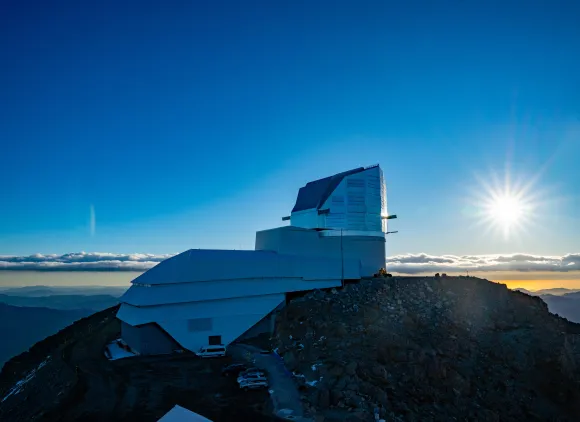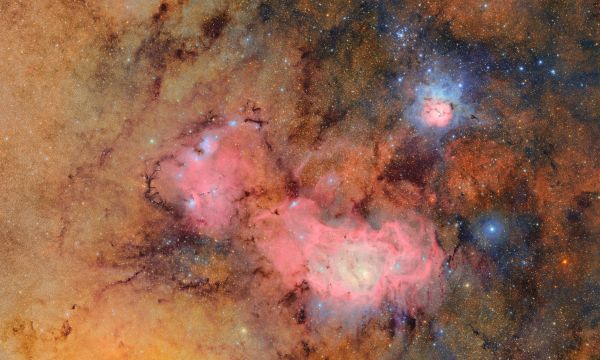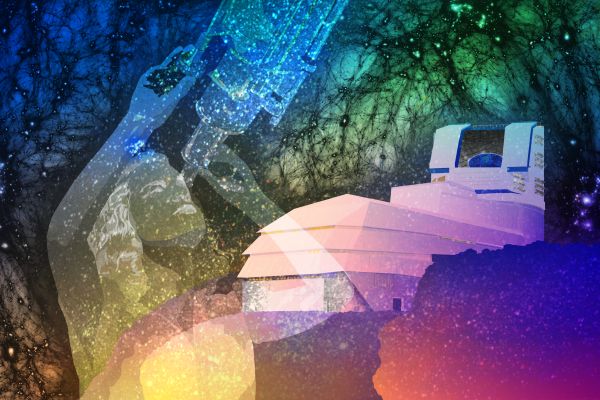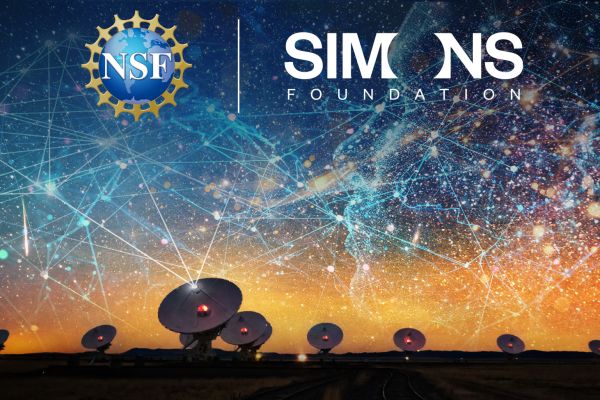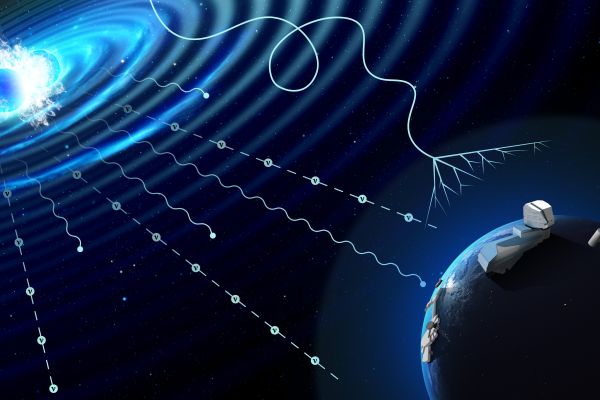NSF-DOE Rubin Observatory will embark on the Legacy Survey of Space and Time, a ten-year survey of the night sky using the biggest camera ever made, capturing an ultra-wide, ultra-high-definition time-lapse record of the universe.
The amount of data gathered by Rubin Observatory in its first year alone will be greater than that collected by all other optical observatories combined. The data will help scientists make countless discoveries and improve understanding of the nature of dark matter, dark energy and other long-standing cosmic mysteries.
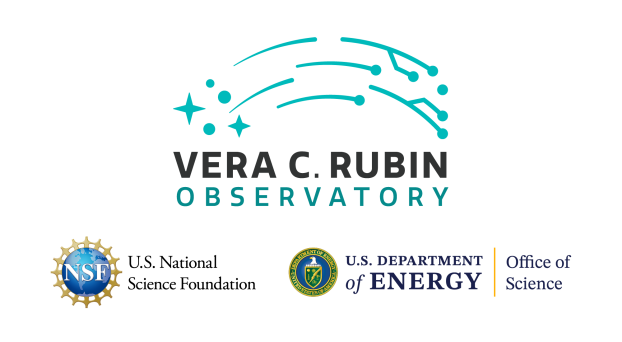
About the observatory
Located on the summit of Cerro Pachón in Chile, Rubin Observatory is equipped with an 8.4-meter telescope and the largest digital camera ever built. For the next decade, it will capture every visible change in the southern hemisphere sky with unprecedented completeness, detail and speed.
The observatory has four main scientific goals:
- Understand the nature of dark matter and dark energy.
- Create an inventory of the asteroids, comets and other objects in the Solar System.
- Map the Milky Way and help reconstruct its history.
- Explore objects — like exploding stars and black holes — that change position or brightness over time.
Rubin's mission will bring the night sky to life, enabling countless discoveries and scientific breakthroughs — some in ways we can't predict. It will reveal billions of stars and galaxies, millions of supernovas and create an unparalleled catalogue of nearby asteroids, comets and interstellar objects.
Watch this three-minute video to learn what makes Rubin different from other observatories.
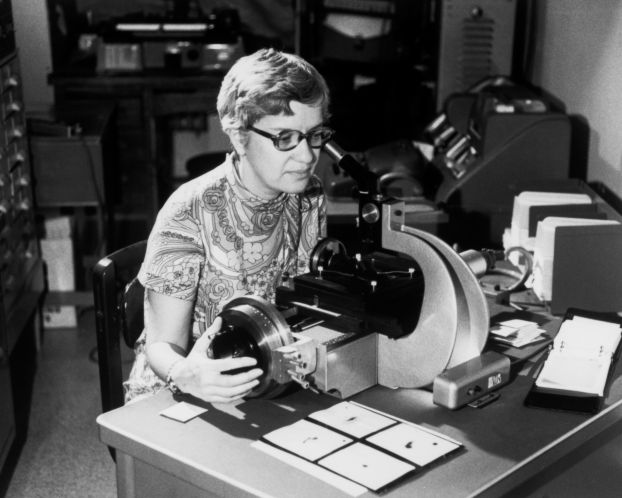
Who was Vera Rubin?
Rubin Observatory is named in honor of Vera Rubin, a pioneering American astronomer whose observations provided convincing evidence of dark matter — an invisible substance that makes up over 80% of all the matter in the universe.
Rubin's work in the 1970s showed that galaxies were rotating too fast to be held together by visible matter alone, suggesting the presence of unseen mass. Her discovery reshaped our understanding of the universe.
Dark matter is unlike any known type of matter, and its true nature remains one of the greatest mysteries in science today, inspiring generations of researchers and science lovers.
First look: Rubin's first images
On June 23, 2025, the Rubin Observatory unveiled its first images and videos.
Explore the universe like you never have before. A region of the sky that includes the galaxy Messier 49 and a colorful variety of other galaxies and Milky Way stars. NSF-DOE Vera C. Rubin Observatory revealed a large number of dim objects between the brighter ones. Many of the objects have never before been seen. The image is roughly 1.6 times the area that NSF-DOE Rubin captures each time it takes an image. Move around the image or zoom in or out to explore more.
A swam of new asteroids. In about 10 hours of observations, NSF-DOE Vera C. Rubin Observatory discovered 2,104 never-before-seen asteroids in our solar system, including seven near-Earth asteroids (which pose no danger). Annually, about 20,000 asteroids are discovered in total by all other ground and space-based observatories. Rubin Observatory alone will discover millions of new asteroids within the first two years of the Legacy Survey of Space and Time. Rubin will also be the most effective observatory at spotting interstellar objects passing through the solar system.
A cosmic treasure chest. Made from over 1,100 images captured by NSF-DOE Vera C. Rubin Observatory, this video begins with a close-up of two galaxies then zooms out to reveal about 10 million galaxies. Those 10 million galaxies are roughly .05% of the approximately 20 billion galaxies Rubin Observatory will capture during its 10-year Legacy Survey of Space and Time.


